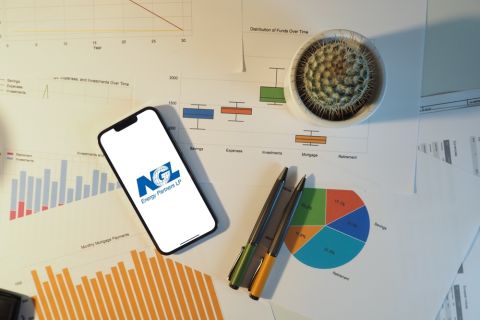The next year will be another challenging time for offshore drillers due to continuing supply overhang even though prices are starting to improve, the CEO of rig firm Seadrill told Reuters on Nov. 27.
The Oslo- and New York-listed company, controlled by Norwegian-born billionaire John Fredriksen, reported on Nov. 27 its first quarterly results after emerging from U.S. Chapter 11 bankruptcy in July.
“We’ve always known that, given significant oversupply of rigs, 2019 is going to be a challenging year, and our opinion hasn’t changed,” Seadrill CEO Anton Dibowitz said in an interview.
Dibowitz, however, said that a recent fall in North Sea oil price to below $60 a barrel from a four-year peak of $86 in October, should not change oil company plans to invest more in search for offshore barrels to meet growing demand.
On the other hand, Seadrill also reported that it sees the contracting rigs market improving from 2019 to 2020 in its first quarterly results on Nov. 27 since emerging from Chapter 11 bankruptcy in July.
The company posted a revenue in the third quarter of $249 million and an operating loss of $106 million.
“Having restructured our business, we are now well positioned to capitalize on the recovery,” Seadrill said in a statement, referring to the recovery in the oil sector after a slump in prices in 2014 to 2016.
“We are already starting to see rate improvements for contracts starting in 2019/2020,” it added
Still, Seadrill remains in a tough spot. Out of its 35 drilling rigs, 16 are in operation while 19 are lying idle.
The adjusted EBITDA would be lower in the fourth quarter, around $35 million, than in the third quarter, at $46 million, the company said.
The company reported its results under so-called fresh-start reporting, with its assets and liabilities re-measured using fair value accounting principles.
During the Chapter 11 process, the company has managed to reduce its debts and other liabilities down to $7.4 billion from $12.6 billion.
It converted about $2.4 billion in unsecured bonds and more than $1 billion in liabilities for newly built rigs to equity, and pushed forward first maturities of its $5.7 billion bank debt until 2022, under the plan approved by the U.S. court.
Fredriksen, 74, whose participation in the restructuring was essential for the banks to approve the plan, has remained Seadrill’s largest shareholder and its chairman.
The company has not paid a dividend since 2015.
Recommended Reading
NGL Growth Leads Enterprise Product Partners to Strong Fourth Quarter
2024-02-02 - Enterprise Product Partners executives are still waiting to receive final federal approval to go ahead with the company’s Sea Port Terminal Project.
PrairieSky Adds $6.4MM in Mannville Royalty Interests, Reduces Debt
2024-04-23 - PrairieSky Royalty said the acquisition was funded with excess earnings from the CA$83 million (US$60.75 million) generated from operations.
NGL Energy Partners Announces Cash Distribution
2024-02-08 - Payments to holders of NGL Energy Partners’ Class B and C preferred units will be made Feb. 27.
Enbridge Advances Expansion of Permian’s Gray Oak Pipeline
2024-02-13 - In its fourth-quarter earnings call, Enbridge also said the Mainline pipeline system tolling agreement is awaiting regulatory approval from a Canadian regulatory agency.
After Megamerger, Canadian Pacific Kansas City Rail Ends 2023 on High
2024-02-02 - After the historic merger of two railways in April, revenues reached CA$3.8B for fourth-quarter 2023.





